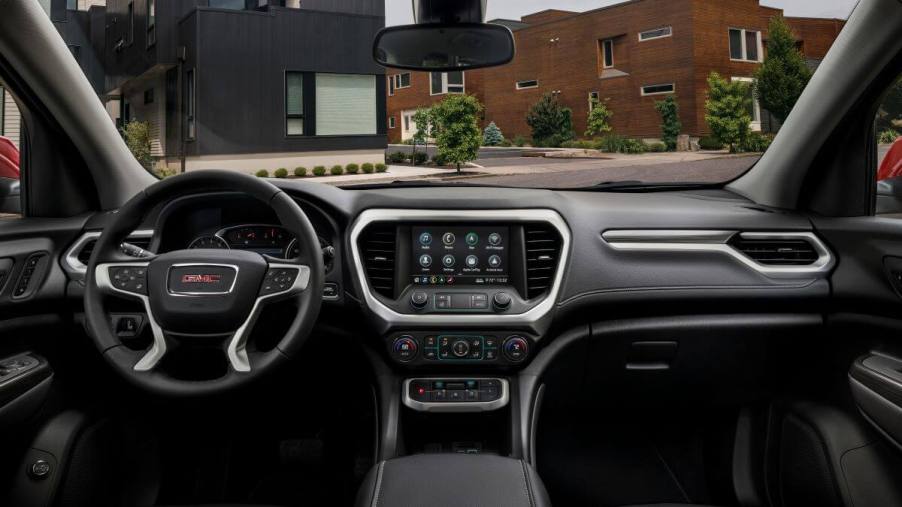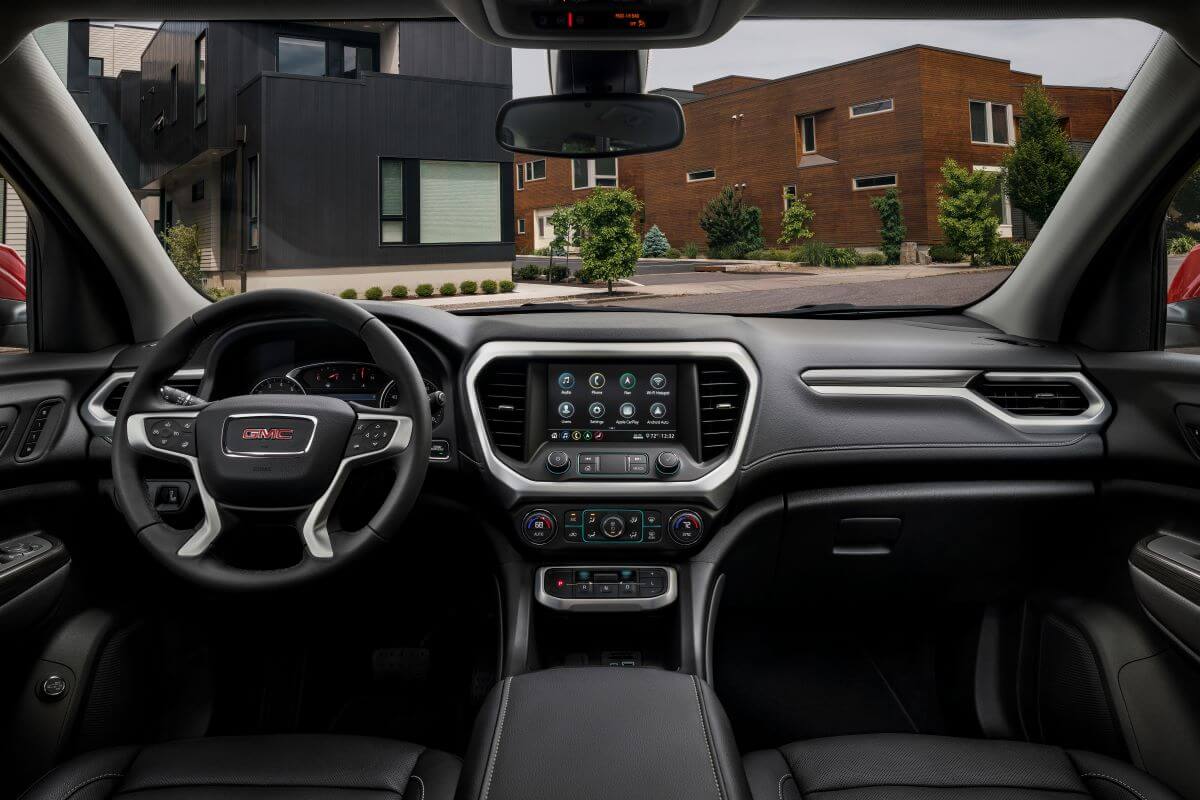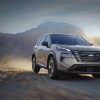
5 Points to Add to Your SUV Test-Drive Checklist Before Going Car Shopping
Several years ago, SUVs weren’t popular because they were major gas guzzlers. Automakers took note and began to design SUVs better on fuel. This resulted in a revolution in which former sedan owners flocked to SUVs thanks to their larger size and ability to go off-road. Now, there are so many SUVs on the road that choosing the right one can be daunting, but there are a few ways to determine which SUV is right for you.
1. Visibility

According to MotorTrend, visibility is one of the top areas to consider when shopping for a new or used SUV. It’s much different than driving a sedan.
Sedan drivers know the pain of having a bigger vehicle pull up beside you and totally block your view. It can be a little intimidating, which may lead some drivers to switch to SUVs when it’s time to go car shopping.
However, one drawback to SUVs can be major blind spots. When you first climb in the driver’s seat, make sure you adjust the mirrors, and check to see if there are any blind spots. Smaller cars may sneak up on your side, and you can’t see them. Some safety features like blind-spot monitoring can help check, but it’s always a good idea to physically look for yourself.
2. Drivability
Each vehicle has a certain feel to it, and it can take time to get used to. This is especially true for larger SUVs. They can’t turn as tightly as sedans, and their engines may be less responsive due to excess weight. There are other factors to take into consideration as well.
MotorTrend reports, “Check for squat or dive under strong acceleration and braking, too. It’s nothing you won’t get used to, but don’t expect an SUV to always drive like a car.”
3. Cabin comfort
Most people tend to spend a lot of time in their vehicles. Whether driving to work, picking up the kids from soccer practice, or heading out on a road trip, a comfortable cabin can make your life much more pleasant.
While the driver’s seat is probably the most important, don’t pick a vehicle with uncomfortable rear seats. This is especially true for three-row SUVs. Some are comfortable enough, but the majority have seats that are only fit for small children.
Try sitting in every seat as you go for a test drive. This will make it clear if your passengers will be comfortable or ready to mutiny on long car rides.
4. Storage solutions
Storage is one of the main reasons consumers buy an SUV. However, the space can be somewhat deceptive. Some models look big enough, but when you try to load up for your next epic vacation, you may need to leave some items behind. You can keep this from happening by checking the specs on how much space is included.
Also, ask about any bins, compartments, or other convenient storage areas that may not be obvious. Many SUVs also include a roof rack to transport items that way.
5. Parking
Things that are relatively simple in a sedan, like parking, can be far more difficult in an SUV. Learning to park isn’t all that hard, but you’ll have to remember that whipping into a tight parking space is not a good idea. You’ll have to learn what size parking spaces your new SUV will fit in and which will not.
There are other factors to consider when buying a new SUV, but these are a great start. It will help you narrow down your search and make the decision much easier.



